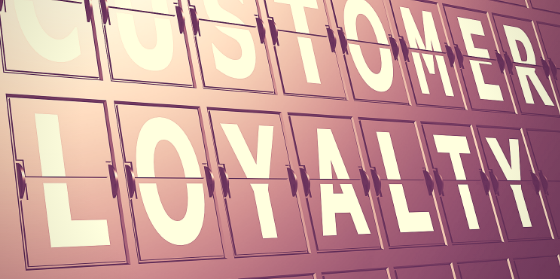If you approach sales as the beginning of your client-experience opportunity, that should reframe and challenge how you and your team are approaching sales today.
Customer experience and client success are big buzzwords in the MSP space, and for good reason. When you wow your customers and are proactive about their needs, you build a powerful sense of loyalty that boosts retention and perhaps even leads to clients subscribing to additional services.
These are undeniable critical parts of your business that deserve your attention. The problem, however, is that most conversations about customer experience totally omit the role that your sales process plays. In reality – and this has been our experience with our appointment-setting clients and the prospects they engage – the true potential of customer loyalty or customer experience is rooted in your sales process.
Here’s why:
- Your sales process represents possibly the first or earliest impressions a future client has of your business and how you work.
- Your sales process is an opportunity to walk away from prospects who aren’t a good fit and to zero-in on ideal prospects.
- Your sales process paints a vision for your future client and sets expectations that your business then has to meet.
- Those expectations include not only service and deliverables, but also the dynamic of how you and your future client will work together.
When your sales process does not align with the business – picture the salesperson who will say anything to get a sale and leaves client confusion and frustration in the hands of the service team – client loyalty ultimately suffers. On the other hand, if your salesperson paints an exciting vision of what working with your MSP will be like and what unique benefits you can provide, delivering on those benefits is a surprisingly compelling statement about who you are and how you work.
If you approach sales as the beginning of your client-experience opportunity, that should reframe and challenge how you and your team are approaching sales today.
(Related: 4 Ways You Might be Missing the Human Touch)
In our work, we see the following opportunities to use sales to drive client loyalty:
- Know who you are and what makes you compelling. We describe this as storyboarding because much of the first engagement with a prospect is storytelling. If you can communicate what sets you apart from your competition from the very first interaction, you can carry that momentum from sales all the way through service. If you don’t know what makes you special, your prospects and clients won’t figure it out for you.
- Forget under- or overpromising. Promise, and deliver. That’s it. If you underpromise in the sale, you hide your true value from the prospect, which cripples your momentum right out of the gate. If you overpromise, well, that’s obvious. Deception never ends well. Instead, know what makes you great, and lean into that so that you fully meet client expectations when they sign on.
- Empower your sales team to say no. Not all revenue is good revenue. If you focus on bringing in the right clients – those who fit your culture and your specialties – you dramatically reduce the friction in your business and set your team up for success. If you consistently allow problem clients into your business, your once enthusiastic team will drag, and that angry phone call they had with “that guy” can spill over into the next interaction with your top client.
- Keep the momentum going after the handoff. The salesperson is the first person off the blocks to represent your brand, but the transition from sales to service and beyond are also important. For your prospect, the experience should be consistent and seamless, so when you decide on a message for your sales team, extend that message throughout the rest of your business. As prospects and clients interact with various team members, it should all feel like the same business to them, so get your entire business on the same page.
Client experience and client loyalty are undoubtedly big opportunities for your business. If you start tapping into that opportunity with your sales process, you will be far ahead of your competitors who are still waiting to get to customer service to deliver their first “wow.”
Thank you Channel Futures for publishing this article.
